Forbidden West and the Art of Editing
Horizon: Forbidden West seems like a great game: fantastic design and art direction, great music. Only one thing falls short: cut scene editing.
In this article, we’ll analyze one particular cut scene, discuss every mistake, and step by step edit a better version of it.
The problem
First of all, watch the scene as it’s present in the game. It’s just 1 minute long (sound on):
Again, the story feels great, the message clear, and usually you want your editing to amplify that. Unfortunately, here it’s more of hit and miss, sometimes helping to tell the story and sometimes sending an unplanned meaning and confusing the message.
Waking up in a dream
Let’s start from the very beginning: Aloy goes to sleep and sees a recurring dream.
I see a few things wrong with how this scene is depicted.
First, she “wakes up” in a dream, like she suddenly teleports there and looks confused. This is not how dreams really work: they don’t have an explicit beginning. They sort of go on and you suddenly realize you’ve been in a dream for a while.
The second problem is that it feels like she makes a decision to move forward. Again, not the dream logic: in dreams, things happen, sometimes with you, but you are still more of a passive observer.
For the editing, we’ll leave this shot out completely.
Walk to the tree
Next Aloy walks to the tree:
The problem here is that Alow walks unnecessarily energetic like she has a goal and anxiously wants to accomplish it. This might be ok for the later stages of the dream, as the story develops and she gets more agency but seems out of place at the very beginning. We want to get a feel of the situation first, of what’s going on, before seeing her acting.
The order of shots here also has a problem. In the first one, we see Aloy walking towards the tree. Not a mistake on its own, but it’s followed by a second shot where we see her just walking in the field, without the tree visible.

This feels weird because we already learned where she is walking, her goal has been revealed. It is followed by a shot that brings no new information and serves no purpose.
You might think that you can “just show the pictures” for no purpose, but in a well-edited movie, each shot has a meaning, a purpose, a piece of information that it gives you that you didn’t have before. As you watch more and more cinema, you start to feel and appreciate this rule and it becomes instantly noticeable when it is broken and something is shown for no reason.
But we are lucky this time: if we swap the shots, they start to work well together! In the first one, we see Aloy walking, but don’t know why or where. In the second shot, the goal is revealed: to the tree! Now it has a purpose.

There’s a third shot, a god eye’s view, but I can find no reason for it to exist, no matter where we put it. It is usually used to give something a sense of scale or add clarity, but that doesn’t seem like the story that’s been told here. So we just drop it.
This is what we get:
Arrival
The original footage of Aloy’s arrival:
Let’s analyze this.
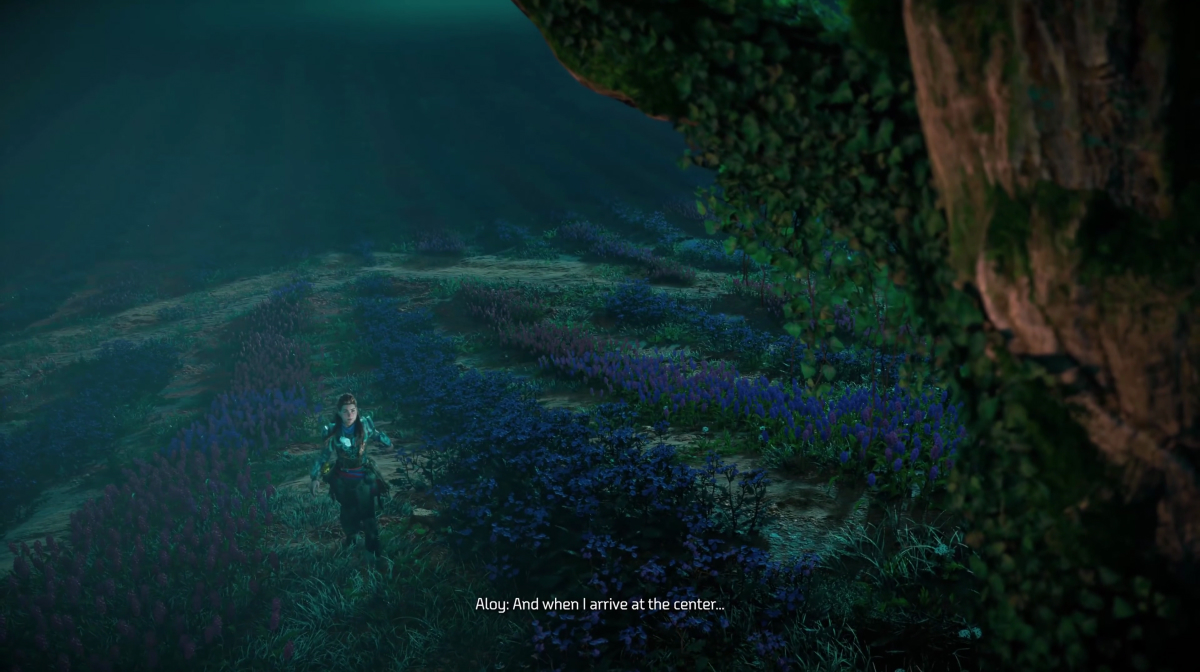
A wide shot of Aloy walking to the tree. Since we’ve already covered it in the previous sequence, we don’t really need this.
A subtler issue is that it places the camera under the tree and allows Aloy to walk to it. Since we were building the whole sequence from Aloy's perspective, this sudden change of pivot point seems unnecessary and sends the wrong message. But since we don’t need the shot at all, we’ll just drop it.
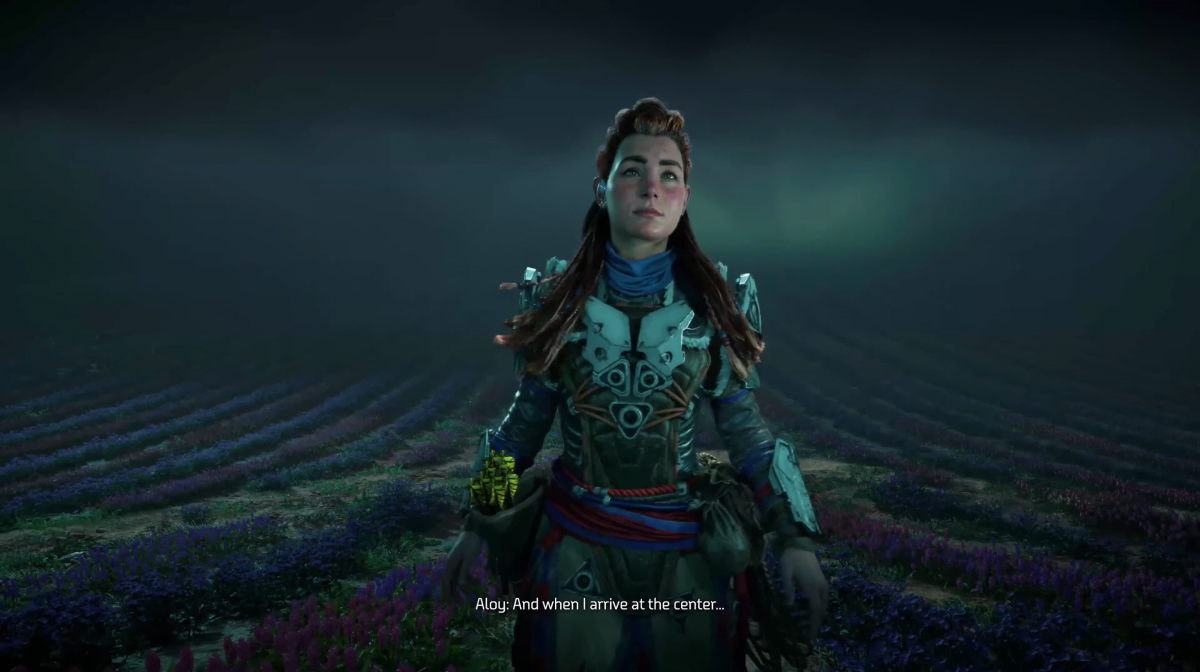
Medium shot of Aloy entering the frame. It serves a clear purpose: Aloy arriving at her destination. We’ll keep it.

Wide shot of Elisabet on a bench, followed by a medium shot of Elisabet on a bench. These are great! Aloy was walking to something, now we learn that it’s a person, then we learn that it’s Elisabet, a person Aloy was cloned from (oops, spoilers!).
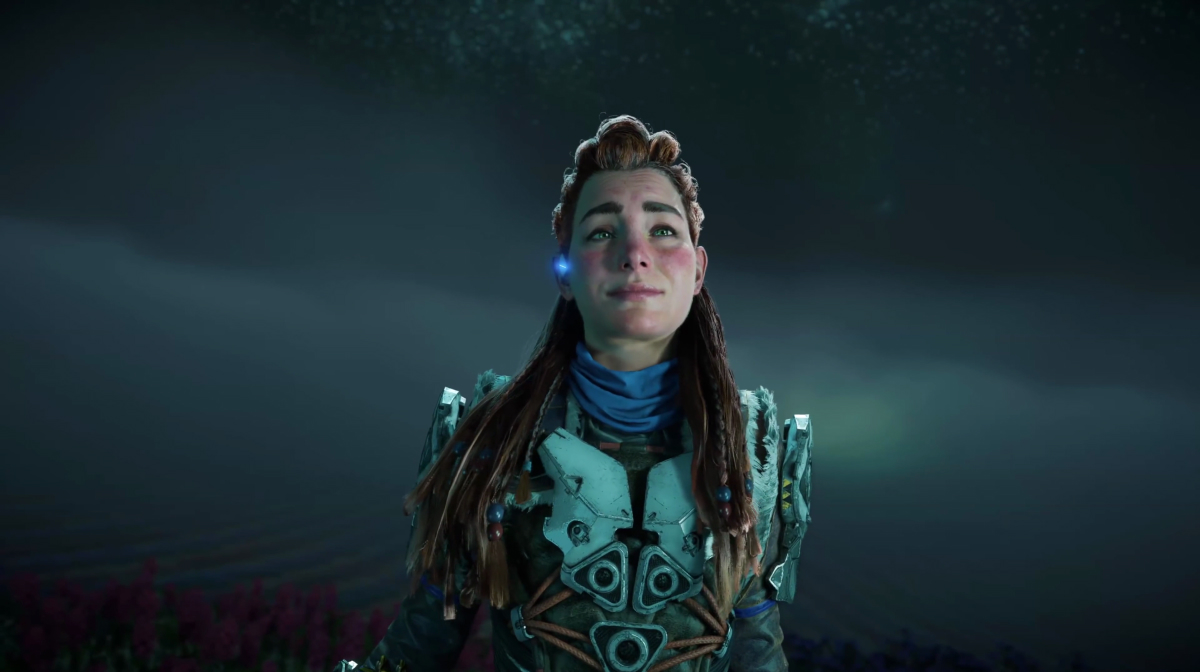
This medium shot is just a repetition: we already saw Aloy recognizing who’s sitting under the tree. Don’t need it.
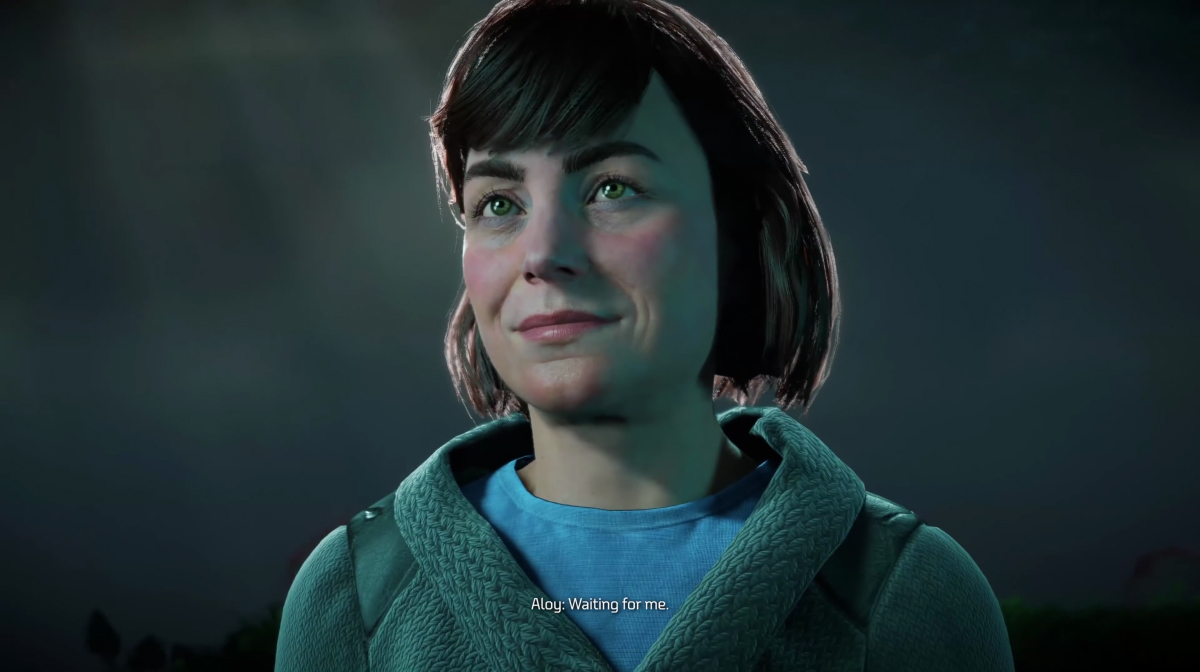
Closeup of Elisabet noticing Aloy. This is okay on its own, but the whole Elisabet sequence here adds too much extra detail for no obvious need or purpose. We see that Elisabet is busy with her own things, then she notices Aloy, and then the two reunite.
As far as my opinion goes, we don’t need those. We don’t need Elisabet going through phases and changing her behavior. We want that for Aloy since it’s her story and her dream, everything else here is only to affect her. In short, we don’t care what Elisabet is busy with, we only care what she means for Aloy.
So let’s simplify this and only keep 2 (Aloy arrives) and 6 (Elisabet is revealed):
Are we losing anything by leaving just two shots out of six? I wouldn’t say so. I’d say we made the message clearer and stronger by using less.
Reunion
Once Aloy meets Elisabet, they reunite.
Let’s go through it:
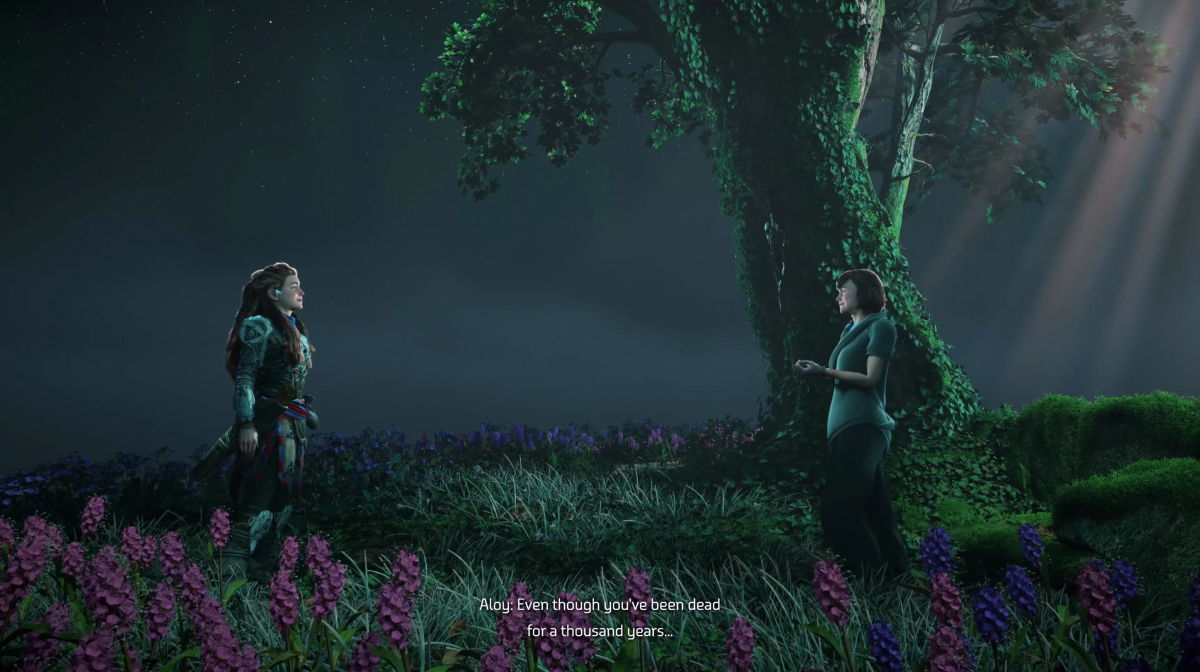
Elisabet gets up and walks to the Aloy. All good, no comment.
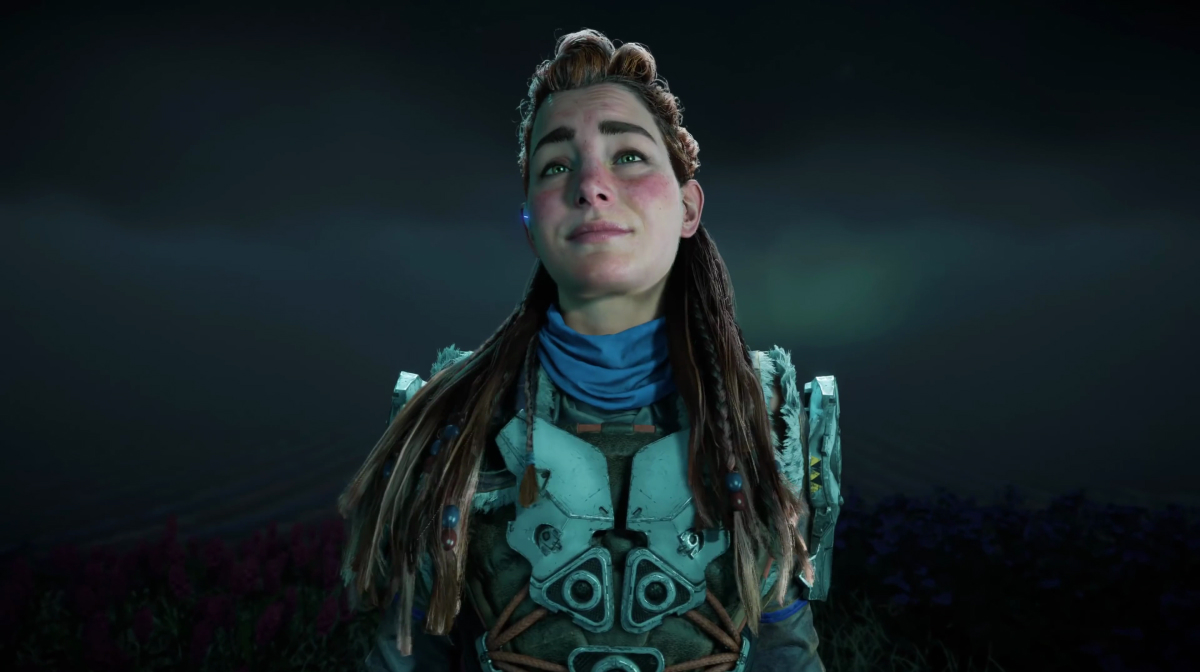
A close-up of Aloy’s face. Completely unnecessary. We’ve already seen this perspective twice, and the third time adds nothing. Maybe it was supposed to be a reaction shot, but I am completely unable to decipher what reaction that is.
Also, why the heck is the camera so low in this shot?
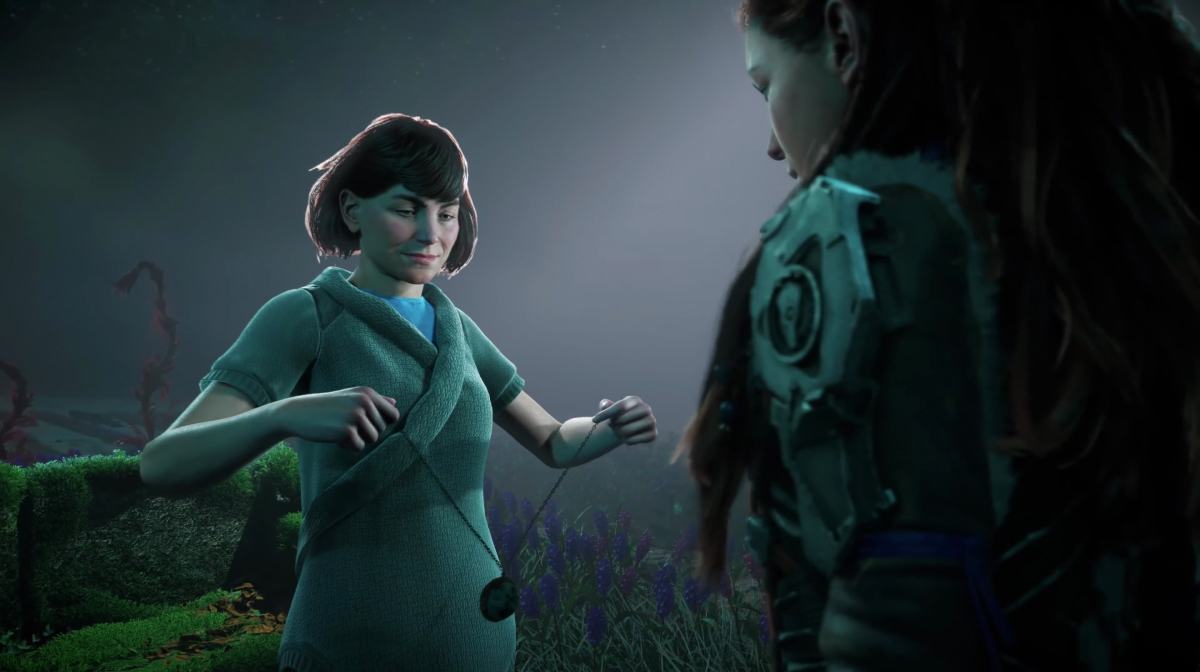
Medium shot of Elisabet putting a pendant on Aloy. All is great, but! For some reason, it breaks the 180-degree rule: do not cross an imaginary line (stay on the same side) between two characters for no reason.


Aloy walked from the left, so let’s keep her on the left for clarity:


Finally, we get a wide shot of Elisabet and Aloy hugging:
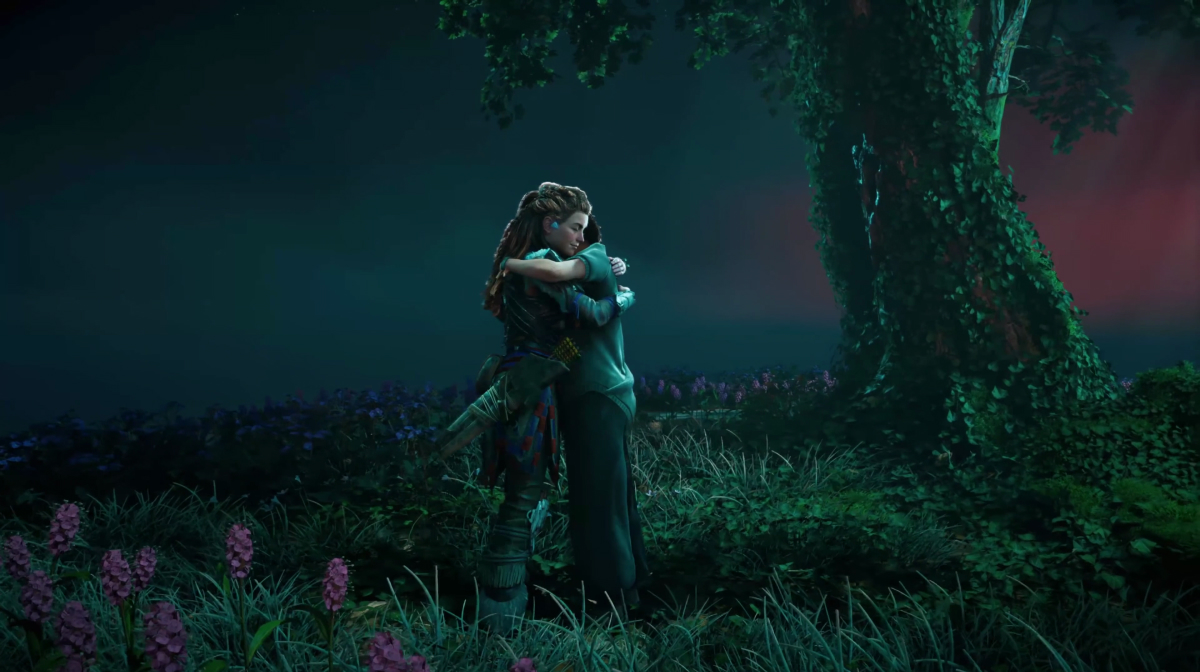
Great as a shot, but has a problem in the overall dramatic structure, so let’s talk about it for a moment.
For a scene to work, you need an emotional pendulum: you feel good, then bad, then good again. Or you build tension, then release it, then build again. Get in trouble, get out of it, etc. The bigger the amplitude, the better the scene.
Everything we’ve seen so far was building tension and uncertainty: the music is intense, we don’t know where Aloy is or what to expect. We’ve seen a little bit of progression here, as we learn a little about the place and what is going on.
Finally, we’ve arrived at the highest point of Aloy’s journey: a huge release of emotion and tension, as she learns she was walking to a friend who means a lot to her and is happy to see her.
This is why we need this moment to last. We’ve been building the tension for so long we just owe it to the viewer to have a prolonged feel-good moment about the situation, before we take them back to the ride. It’s an oasis of calm in the sea of trouble.
That’s why we don’t reveal the red dawn just yet. It’s too soon to start trouble immediately after our heroes met: we need to give them space to catch their breath. Don’t worry, we’ll return to trouble soon :)
Since I don’t have access to the original 3D scene, all I can do here is to stretch the existing footage a little longer. Notice also how music helps to sell this moment, and how it has a perfect length for what we need. The picture, unfortunately, does not.
The trouble
Good things don’t last in these final shots of the scene:
This is what’s happing in the scene:
- Wide shot of Elisabet and Aloy with Red Blight on the background
- Elisabet starts to dissolve
- A wide shot of red tentacles (Red Blight)
- Back to Aloy, Elisabet finishes dissolving
- God-eye’s view of Aloy and approaching Red Blight
- Medium shot of Aloy noticing the tentacles
- Tentacle’s POV approaching Aloy
- Aloy noticing the tentacle again
- Tentacle crawls up the Aloy’s leg
- Aloy tries to shake it off
- Black screen
- Aloy wakes up
Just reading this, it feels like a long scene, but it’s not. It’s just cut too much.
We won’t discuss every shot separately, let’s talk general direction instead.
Right now the sequence of events is: We see Red Dawn - Elisabet disappears - Tentacled crawl to Aloy.
It’s confusing: did Elisabet disappear because of the tentacles or on her own? Should we be scared of Red Dawn or tentacles? Or disappearing? Because those are separate and not directly linked, the total effect is lessened: what should we worry about?
My proposal is to glue those together with cause and effect so that the viewer will worry about everything at once, and also add a progressive reveal to add suspense to the scene.
Here’s the order I’d do it:
- We don’t see Red Dawn during Aloy and Elisabet's hug.
- We start hearing tentacle hissing closer to the end of the hug, about when Aloy says “But it never lasts”.
- We see an approaching tentacle but heroes don’t notice it yet.
- Tentacle starts to crawl up to the Aloy.
- She notices it but can’t shake it off.
- Elisabet gets Thanos-ed.
- Wide/god eye’s shot of Red Blight consuming space around Aloy.
- Finally, we see the real scale of it: red dawn takes over the horizon.
Notice the progression here: everything is good - something feels bad - something bad starts happening, but it feels Aloy can shake it off - real bad thing happens - we learn the scale of the problem.
Small - medium - big - boom. Like clockwork.
Also, notice that the loss of Elisabet is now caused by tentacles so that Aloy gets a real stake in this: she loses what she loves because of the red blight, and this becomes her personal problem, not just some abstraction.
Couple of notes on the original shots:
This weirdly puts us at the POV of the tentacle. Why? We should be afraid of it, not become it.
The Red Dawn uses Dolly Zoom which seems... strange here? It zooms in, while if anything we should be zooming out, revealing how huge the scale of this thing is.
By a total oversight, the very musical peak of the whole scene, where the tension is at its highest, gets resolved over a completely black screen. The obvious play here is to match the highest note in the music, the biggest visual shot (Red Dawn), and the moment the Aloy wakes up with a scream. Works SO. MUCH. BETTER.
This is the altered scene:
The Final Cut
As a reminder, here’s where we started:
And this is what we got:
Is it better? I hope so.
I also hope that I made a good point about how editing is a crucial part of the visual arts.
But most of all, I do hope it was fun. Thanks for watching, hope you enjoyed it!
And do play the game, I am sure it’s way better than its cutscenes.
